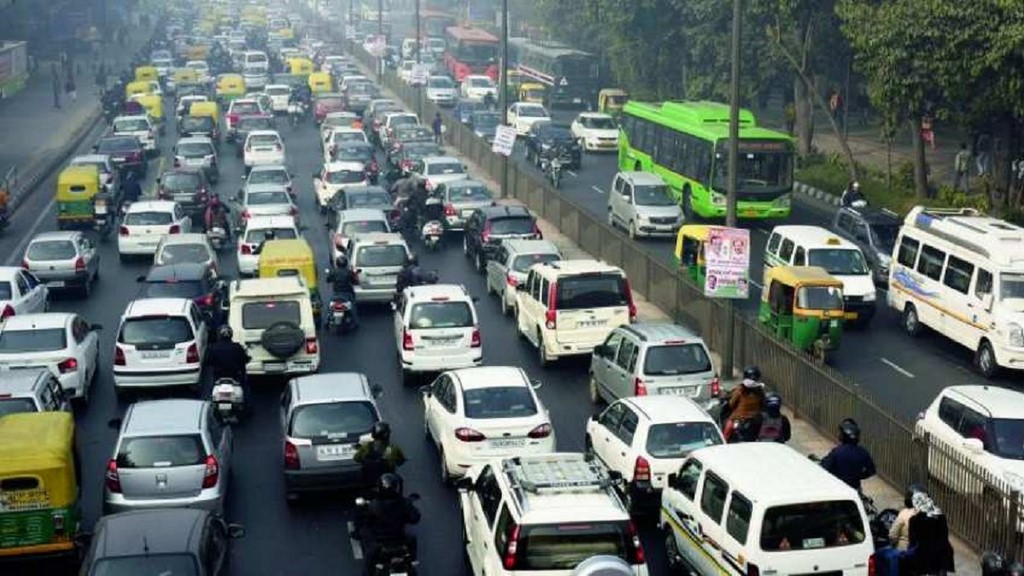
Delhi to get Automatic Number Plate Recognition (ANPR) cameras
Delhi’s roads are set to see a major technological upgrade, with plans to install over 500 artificial intelligence-based cameras capable of automatically recognising vehicle number plates. These high-tech Automatic Number Plate Recognition (ANPR) cameras will detect various violations, including pollution violations and expired insurance, marking a significant step toward enhanced traffic monitoring in the capital.
Multi-Purpose Traffic Surveillance
The initiative, implemented by the Delhi government, will address multiple types of violations beyond the usual speeding and red-light breaches. According to government sources, these new cameras will have the capability to identify vehicles that have exceeded Delhi’s 15-year age limit, possess expired insurance, or have been reported stolen. Additionally, the cameras will be able to catch vehicles violating pollution norms, with a particular focus on freight and passenger vehicles that enter the city without updated pollution certificates.
Expanded Functionality and Wide Reach
The installation, managed by a private entity under a 20-year contract, will involve 500 cameras at major traffic junctions across Delhi, with plans to add more if required. A government-issued notification indicated that the AI-based cameras will be linked to a central monitoring system, allowing for data analytics and mobile e-challan issuance.
In addition to the newly planned cameras, the city already has 350 ANPR cameras for monitoring offenses such as speeding and red-light violations. Over 200,000 surveillance cameras have also been set up by the Public Works Department, New Delhi Municipal Council and Delhi Police for general surveillance.
Private Sector Collaboration and Revenue Generation
This collaboration with a private company will bring about a new revenue-sharing model based on fines collected from detected violations. However, specific details regarding the revenue distribution between the government and the contracted company have not been disclosed.
The Delhi government aims to modernise its approach to law enforcement and traffic management by shifting some of the burden of monitoring traffic and pollution violations from traffic police officers to automated technology. Officials suggest that this initiative will enhance efficiency, allowing police to focus more on immediate and complex issues.
Enhanced Monitoring for Traffic Rule Violations
These AI-powered cameras come equipped with capabilities to detect a broad range of traffic violations by two-wheeler riders, motorists, and commercial vehicles. According to officials, the cameras can identify two-wheelers driving in unauthorised lanes or on sidewalks, creating a more comprehensive approach to managing road safety and order.
Increased Compliance with Environmental Regulations
With Delhi often grappling with high pollution levels, the AI-enabled cameras will monitor compliance with pollution regulations. By scanning license plates and matching them against vehicle registration and pollution certificates, authorities will be able to penalise vehicles that fail to meet emission standards or attempt to bypass restrictions during specific environmental control measures, such as the odd-even rule or the Graded Response Action Plan (GRAP).
Future Prospects
The Delhi government’s adoption of advanced surveillance technology reflects an emerging trend in urban governance, where AI-driven tools are increasingly used to tackle complex issues. As the system expands, the cameras could serve as a model for other cities facing similar challenges with traffic management and environmental compliance.
This ambitious project aligns with Delhi’s broader goals of reducing traffic congestion and pollution levels, aiming to create a safer and more sustainable urban environment for its residents.





